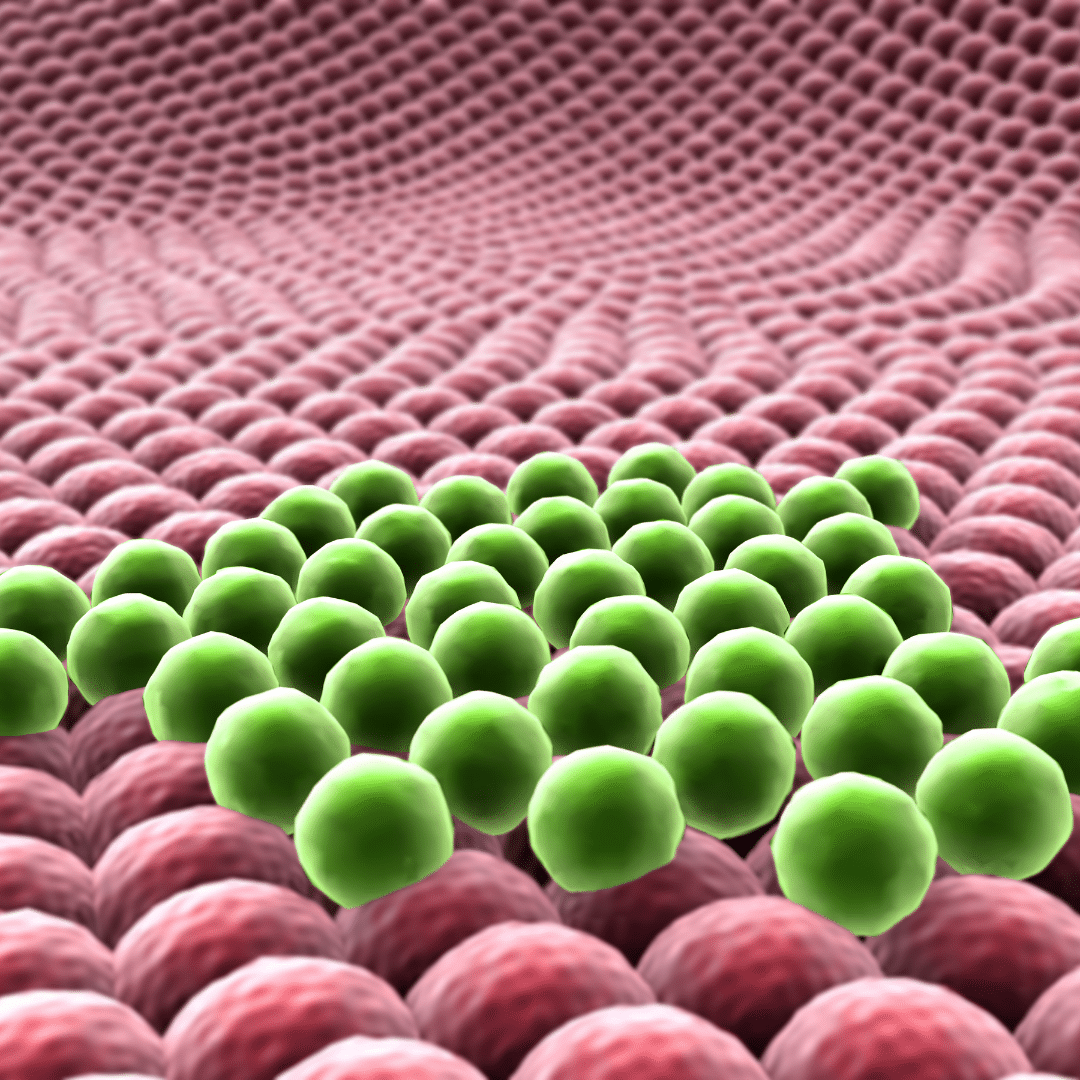Cancer is one of the deadliest diseases, claiming annually the lives of millions of people throughout the world. Despite immense advances in diagnosis and therapies research, the cancer death rate has only decreased somewhat (approximately 1.5 percent yearly in the United States between 2006 and 2015)1. To allow scientists to create better treatment systems, there has to be a bigger drive for full knowledge of cancer biology.

What is Cancer?

Cancer is a disease in which some of the body’s cells grow uncontrolled, spread to other regions of the body, and it may begin practically anywhere in the human body. Human cells normally expand and multiply (via a process known as cell division) to generate new cells, as needed by the body. Cells die as they get old or injured, and new cells replace them.
Unfortunately, this well-ordered process can go wrong at times, causing aberrant or damaged cells to develop and reproduce when they shouldn’t. Tumors, or masses of tissue, are formed by these cells. Tumors can be malignant (cancerous) or benign (non-cancerous).
Cancerous tumors actively infiltrate neighboring tissues and can migrate to other parts of the body, forming new tumors (a process called metastasis). Many malignancies create solid tumors, whereas cancers of the blood do not.
What makes cancer deadly or otherwise problematic is not the cancer itself, it is the fact that as it grows cancer creates pressure in an organ, which interferes with the normal circulation, innervation or functioning of an organ.
Conventional Cancer Treatments
When it comes to cancer, the type of therapy varies depending on a number of considerations, including the type of cancer, its development, and the goal for treatment.
- For the direct excision of solid tumors in one place, surgery is usually the first option.
- Radiotherapy affects the DNA and prevents cells from duplicating/proliferating, this stops cancer because cancer cells are highly proliferative cells.
- Chemotherapy, which involves the use of extremely toxic chemicals, works by killing cells that proliferate, thereby indirectly targeting cancer cells.
- Immunotherapy, which includes monoclonal antibodies, checkpoint inhibitors, cancer vaccines, and adoptive cell transfer, has lately emerged as a promising cancer treatment with better clinical results. It leverages and boosts the patient’s immune system against the cancer.

Figure : Surgical removal of a tumor
With the exception of effector chimeric antigen receptor cells (or CAR cells), the biggest drawbacks of current treatments are that they’re often ineffective and don’t target particular tumor areas. This lack of specificity frequently leads to inadequate effectiveness, therapeutic resistance, and future tumor recurrence, compounding the patient’s issues. Furthermore, several adverse events associated with off-target effects of therapeutic medications, radiotherapy, and immunological responses are widespread.[2,3,4]

Stem Cells As A Treatment
Therapy resistance and cancer recurrence are frequently caused by conventional treatments’ inadequate and unspecific targets in cancer treatment. Findings in stem cell biology over the last several decades have revealed new possible ways to treat and potentially prevent cancer.
Stem cells have unique biological properties such as self-renewal, directional migration, differentiation, and modulatory effects on other cells, making them ideal for regenerative medicine, therapeutic carriers, drug targeting, and immune cell production. This enormous potential has paved the way for a new class of cancer therapies centered on stem cells and their components.
Stem cell treatment, which encompasses all stem cell-based operations, has proven to be a promising approach in the battle against cancer. Because it has a better target on tumors, it may increase the therapeutic efficacy of other medicines by minimizing off-target events. Several stem cell-based techniques have now been tested in preclinical studies, and they have shown significant promise in the treatment of cancer.
Traditional stem cell therapy consists of donor stem cells being placed in your body to replace and repair diseased cells. Stem cells then grow and divide for an extended period of time, triggering your body to start the renewal process, creating healthier cells over time.
Exosome Therapy
Unlike stem cell therapy, exosome therapy doesn’t involve using donor cells in your body. Exosomes are nano-sized vesicles secreted from different cell types that contain various biomolecules, such as proteins or nucleic acids. Stem cells utilize exosomes to communicate with neighboring cells and give them signals.
The therapeutic benefits of stem cell treatment are widely recognized to be mostly driven by their released components. Exosomes and the biomolecular payloads they transport, which may effectively modify the biological characteristics of target cells, have been connected to these paracrine systems in recent years. [6,7] This cellular modulation is significant in tumor inhibition because it increases the probability of malignant growth being diminished.
When your phone has a software glitch and the manufacturer provides an update that modifies the programming of your phone to fix the problem, this is an example of this concept in action.
Similar benefits can be obtained by increasing the number of circulating stem cells through Endogenous Stem Cell Mobilization, which is the release of the patient’s own stem cells.

Consequently, additional investigation and evaluation are needed to identify the seemingly endless possibilities of stem cells and their components to not only maintain optimal health but also treat serious illnesses like cancer. Stem cell research is still in its infancy, but as you can see, the potential for good is more than present.
Bibliography:
- Lai, R. C. et al. Exosome secreted by MSC reduces myocardial ischemia/reperfusion injury. Stem Cell Res. 4, 214–222 (2010).
- Vasievich E.A., Huang L. The Suppressive Tumor Microenvironment: A Challenge in Cancer Immunotherapy. Mol. Pharm. 2011;8:635–641. doi: 10.1021/mp1004228.
- Vanneman M., Dranoff G. Combining immunotherapy and targeted therapies in cancer treatment. Nat. Rev. Cancer. 2012;12:237–251. doi: 10.1038/nrc3237
- Young A., Quandt Z., Bluestone J.A. The Balancing Act between Cancer Immunity and Autoimmunity in Response to Immunotherapy. Cancer Immunol. Res. 2018;6:1445–1452
- Young A., Quandt Z., Bluestone J.A. The Balancing Act between Cancer Immunity and Autoimmunity in Response to Immunotherapy. Cancer Immunol. Res. 2018;6:1445–1452
- Bruno, S. et al. Mesenchymal Stem Cell-Derived Microvesicles Protect Against Acute Tubular Injury. J Am Soc Nephrol 20, 1053–1067 (2009).
- Lai, R. C. et al. Exosome secreted by MSC reduces myocardial ischemia/reperfusion injury. Stem Cell Res. 4, 214–222 (2010).
Stem Cells : The Science of Youth
There are legends of a fountain of youth with waters imbued to provide the gifts of anti-aging and longevity to anyone who discovers its whereabouts. It’s no surprise really, who isn’t looking for a way to feel and look more youthful? Maybe there isn’t a hidden...
Stem Cells: The Body’s Own Anti-Aging System
With our present understanding of stem cells, it is possible to age gracefully while also improving health and longevity. Stem cells have the potential to aid in the aging process and can form a complex barrier that protects against the consequences of aging....
Stem cells & their role in health & wellness
People have always been vulnerable to illness and injury from the dawn of time. Our bodies continuously heal themselves, whether it's a simple cold or something more serious like a heart attack. This begs the question: what is responsible of your body's repair? This...





